Can Botox Treat TMJ Disorders?

Botox can be used to treat much more than just wrinkles. In fact, the substance got its start as a medical treatment for people with strabismus, or crossed eyes. It also treats conditions such as cervical dystonia, eyelid spasms and even excessive sweating.
One other use of Botox is to treat temporomandibular joint (TMJ) disorders. The injections help stop muscle movements that cause pain and discomfort associated with TMJ. The treatment is still experimental and hasn’t yet been approved by the FDA, but in many cases, patients with TMJ disorders have found that Botox helps relieve their symptoms.
What Are TMJ Disorders?
The temporomandibular joint connects the jawbone to the skull. The movement of the joint is both sliding and hinged, which allows you to move your jaw to the sides as well as up and down. A number of issues can occur with the joint that lead to a TMJ disorder.
TMJ disorders fall into three classes. Some are due to pain in the muscles around the jaw while others are related to discs that have moved out of place or become damaged. Arthritis in the jaw can also be part of a TMJ disorder. The condition can be short term or it can last for months on end.
In many cases, it’s not clear what causes a TMJ disorder. Some people might develop it after an injury to the jaw.
What Are Common Symptoms?
TMJ disorders often have a wide range of symptoms. Common signs that you have a TMJ disorder include pain in the jaw, pain across the face and near the ears, and pain while chewing. Some people with the disorder develop lockjaw, meaning it is very difficult for them to open or close their mouths.
A clicking sound when you open your mouth is often associated with a TMJ disorder. While popping or clicking can occur with the disorder, it’s not usually a symptom on its own. Everyone’s jaw makes some noise at some point in time. If you don’t feel pain or discomfort with the clicking sound, you probably don’t have a TMJ disorder.
How Does Botox Help?
Certain people with TMJ disorders will benefit from Botox treatments more than others. If your TMJ disorder is related to the jaw muscles, Botox might be able to provide some relief. Dr. Choe commonly gives Botox to people with TMJ disorders that lead to headaches from a clenched jaw or require them to wear a mouth guard at night to ease tension in the jaw.
During the Botox treatment, the surgeon will inject the substance into one of the two muscle groups responsible for chewing, such as the masseter muscle or the temporalis muscle. The injection blocks the nerve signals to the chewing muscles, preventing certain jaw movements and easing tension in the jaw.
It usually takes less than 30 minutes for a surgeon to perform a Botox treatment for TMJ disorders. Although there’s no downtime or recovery time needed, you will want to take it easy for at least four hours after the injection, so that the substance doesn’t migrate to another area. You may have some swelling or bruising at the injection site.
Typically, you’ll feel relief from any TMJ discomfort after a few days. The results from the treatment usually last up to six months. You can return for a repeat treatment after several months.
Things to Think About
Botox injections don’t help every patient with a TMJ disorder. Your doctor will evaluate your condition and let you know if he thinks the treatment can help you. There are some potential risks from the treatment, as well. For example, the injections may make it more difficult for you to chew, particularly if you’re eating foods that require a lot of chewing. Your body might become resistant to Botox over time, as well. Your surgeon might recommend extending the time between treatments to reduce the chance of that occurring.
Dr. Kyle Choe performs Botox injections to help treat TMJ disorders at The Choe Center for Facial Plastic Surgery in Virginia Beach. To learn more about the treatment and see if it will provide relief from the pain associated with TMJ disorders, call 757.389.5850 for an appointment today.
